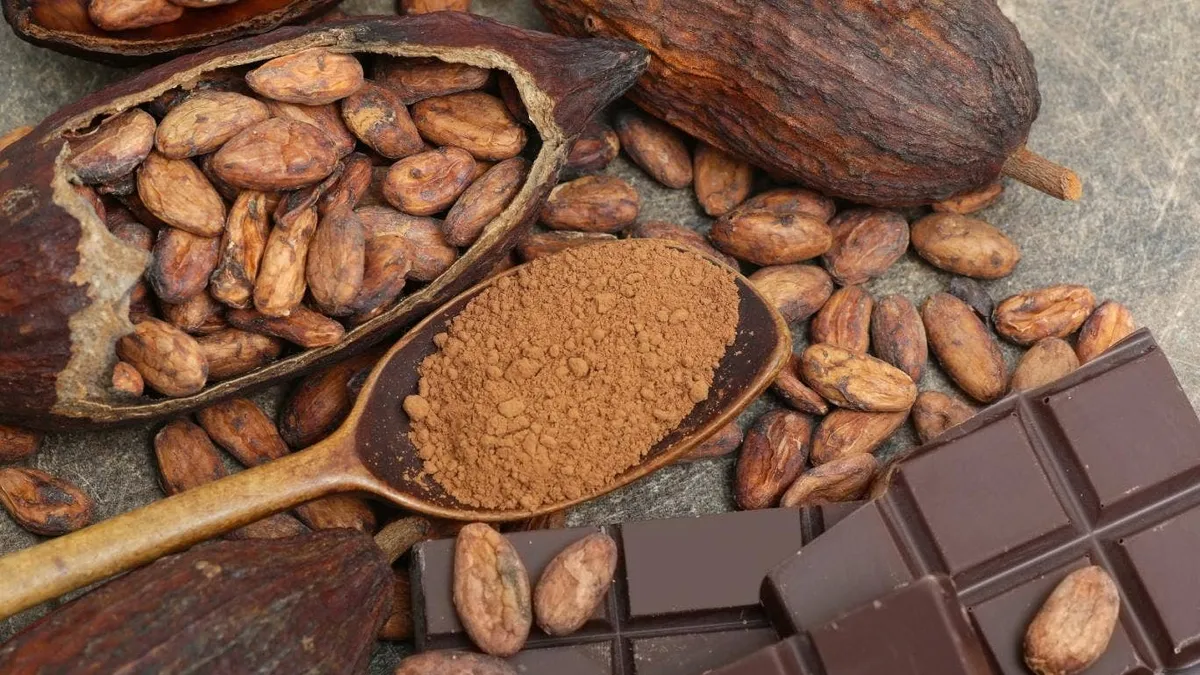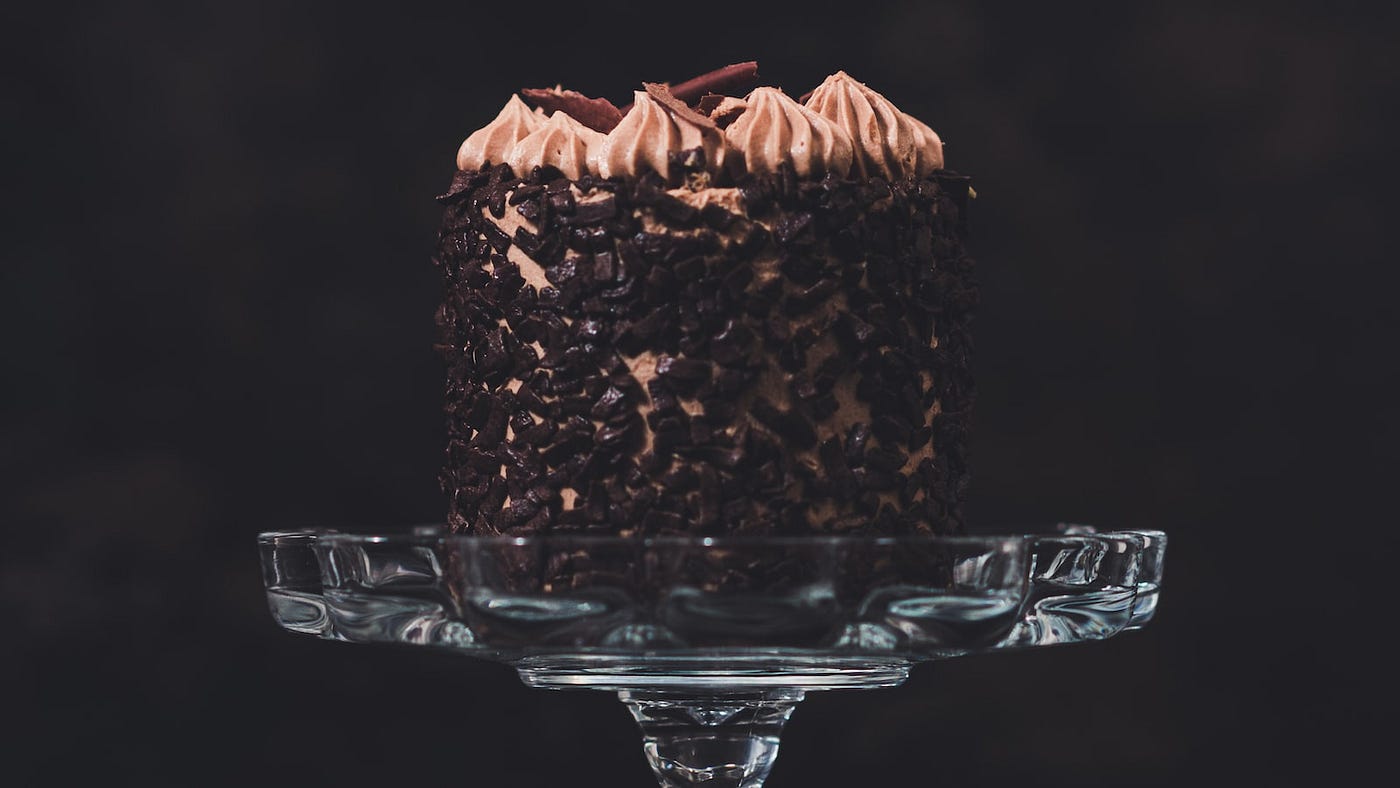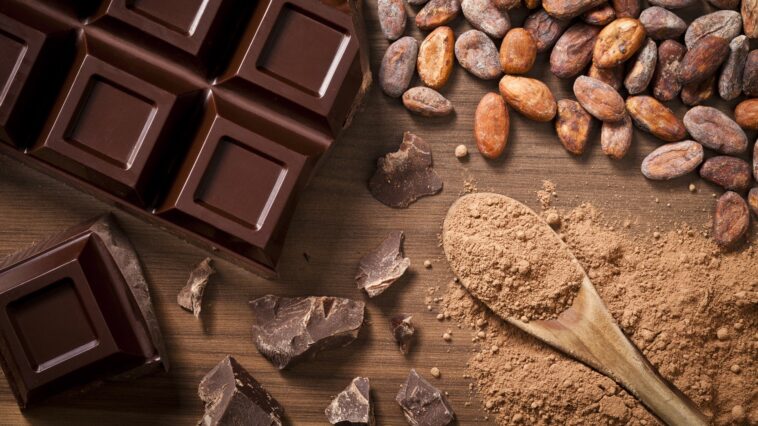Chocolate, the beloved confection that has won the hearts of millions, holds a rich and tantalizing history. From its ancient origins as a revered beverage to the modern chocolate bars that grace our shelves, the journey of chocolate is nothing short of captivating. Keep reading to delve into the intriguing history of it and demystify the enchanting process of how it’s made. So, grab your favorite chocolate treat, and let’s embark on this delicious exploration.
Ancient Beginnings – Chocolate’s Mesoamerican Roots
Our sweet tale begins in the heart of Mesoamerica, where cacao was first cultivated by the ancient Maya and Aztec civilizations over 3,000 years ago. These early chocolate aficionados didn’t indulge in the silky bars we know today; instead, they brewed a frothy, bitter beverage from cacao beans, which they believed possessed mystical and aphrodisiac properties. Cocoa was so highly regarded that it was used as currency, offered to the gods in rituals, and even used to seal agreements. The beans were crushed and mixed with spices, chili peppers, and water to create a thick, unsweetened drink.
The Sweet Transformation – From Bitter Brew to Delectable Dessert

Fast forward to the 16th century, when it made its way to Europe, the journey across the Atlantic saw significant changes in chocolate preparation. Sugar and milk were introduced to sweeten and lighten the bitter beverage, transforming it into a delectable chocolate dessert enjoyed by the European elite. The addition of sugar was a game-changer, making it more accessible and appealing to a wider audience. It became a symbol of luxury and refinement, often reserved for royal courts and aristocrats. Soon, choco houses began to emerge throughout Europe, where the elite could socialize while savoring this newfound delicacy. Chocolate’s evolution didn’t stop there. In the 19th century, the invention of the cocoa press separated cocoa butter from cocoa solids, giving birth to cocoa powder and paving the way for the creation of solid chocolate bars. The stage was set for the chocolate revolution.
Crafting Chocolate – From Bean to Bar
Now, let’s unravel the magical process of turning cacao beans into the luscious chocolate bars we adore. It all begins with the cacao tree, whose pods house cacao beans. Once harvested, these beans are fermented, dried, and roasted to bring out their rich flavors. Next comes the critical step of winnowing, where the roasted beans are cracked open, revealing the nibs inside. These nibs are ground into a liquid known as chocolate liquor (despite containing no alcohol), which is the base for all chocolate products.
From here, two main components emerge: cocoa solids and cocoa butter. Depending on the desired end product—whether it’s dark, milk, or white chocolate—varying amounts of sugar, milk solids, and additional cocoa butter are added to create a unique blend. This mixture is then conched (continuously mixed) to develop a smooth texture and release volatile acids. Finally, the liquid chocolate is tempered, a process of heating and cooling to stabilize the cocoa butter crystals, ensuring that your chocolate has that satisfying snap when you break it. Once tempered, the chocolate is molded into bars or other delightful shapes, then cooled and solidified. Now, we have our irresistible chocolate bars ready to be devoured!
A Timeless Delight – Chocolate’s Enduring Appeal

Chocolate has an almost magical ability to transcend time and culture. It’s a treat that spans generations, bringing joy to children and invoking nostalgia in adults. Whether you’re enjoying a classic milk chocolate bar or savoring the complexity of dark chocolate, the appeal of chocolate is timeless. One of the reasons for chocolate’s enduring popularity is its versatility. It can be molded into various shapes and combined with an array of flavors, from caramel and nuts to fruits and spices. This versatility ensures that there’s a chocolate treat to suit every palate. Chocolate has also been a symbol of love and affection for centuries. It’s a go-to gift for Valentine’s Day, anniversaries, and romantic occasions. The act of sharing chocolate with a loved one is a gesture of sweetness and affection that transcends words.
Cultural Significance – Chocolate Across the Globe
As chocolate traveled from the Americas to Europe and beyond, it underwent cultural transformations. Today, chocolate plays a significant role in diverse cultures and traditions around the world. In Switzerland, renowned for its Swiss chocolate, it’s an art form. Swiss chocolatiers are celebrated for their craftsmanship, creating intricate and delectable chocolate creations. In Belgium, pralines are a cherished tradition, with chocolate-filled delicacies that are both beautiful and delicious. In Mexico, the ancient tradition of making chocolate from scratch lives on. Here, you can witness the process of grinding cacao beans with a metate, a traditional grinding stone, to create a rich and aromatic chocolate beverage called “champurrado.” This drink is often enjoyed during celebrations and festivals. No discussion of chocolate’s cultural significance would be complete without mentioning the beloved Swiss hot chocolate, the rich Belgian truffles, or the spicy Mexican mole sauce—each a testament to chocolate’s ability to adapt and enrich culinary traditions worldwide.

Chocolate’s Sweet Future – Buying and Savoring Chocolate
As we indulge in the rich history and delectable making of chocolate, it’s time to explore how we can enjoy this sweet treat today. When buying chocolate, consider seeking out artisanal chocolatiers who prioritize quality and ethical sourcing. Supporting local chocolatiers and fair-trade chocolate initiatives ensures that you’re not only enjoying exceptional chocolate but also contributing to sustainable and ethical practices. However, bigger brands have built a name for a reason – a quality taste you can count on. So, choosing to purchase factory candy directly is also an avenue you should explore. When it comes to savoring chocolate, remember that the experience goes beyond the taste. Take the time to savor the aroma, texture, and flavors. Experiment with pairing chocolate with different beverages like wine, coffee, or tea to discover delightful combinations that enhance your tasting experience.
Chocolate, with its ancient roots and modern delights, continues to capture our hearts and taste buds. From its humble beginnings as a bitter beverage in Mesoamerica to its evolution into the delectable desserts and treats we enjoy today, chocolate’s journey is nothing short of enchanting. Chocolate is more than a treat; it’s a testament to human ingenuity and the enduring love for all things sweet.




